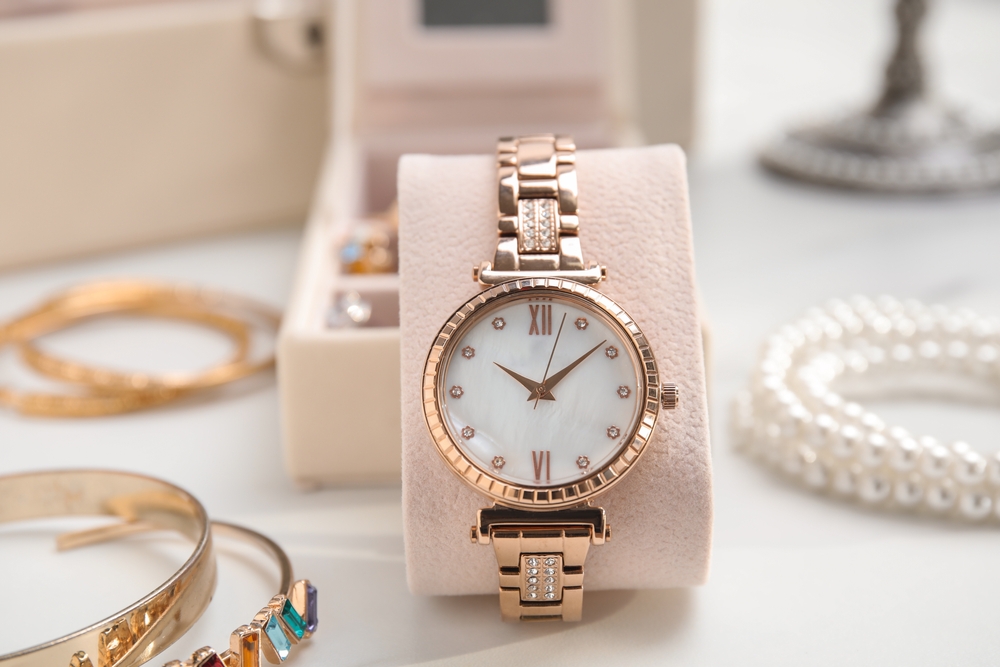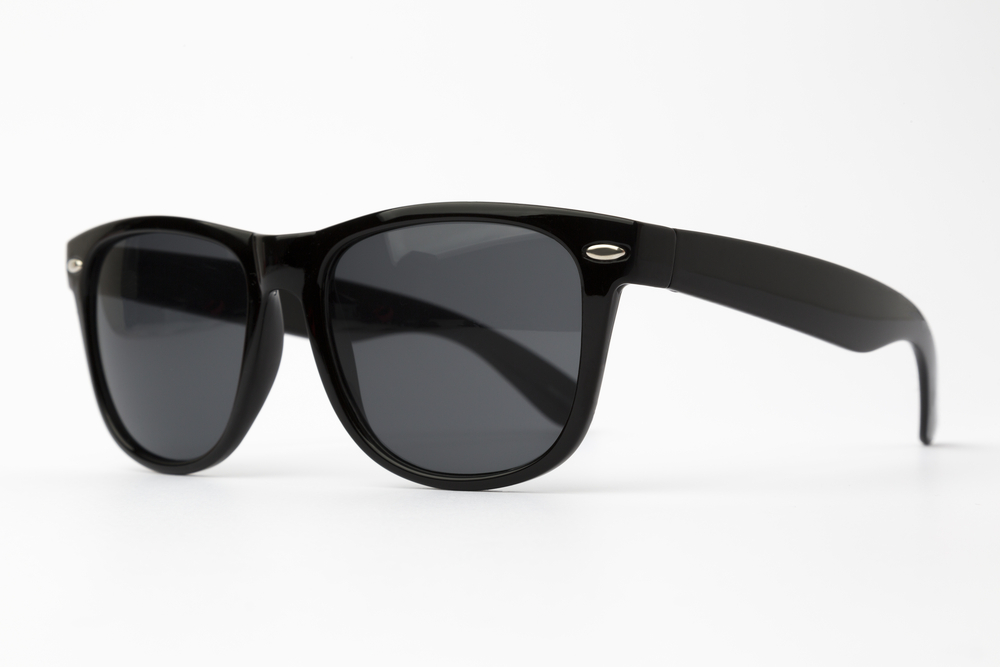Belts have long been a staple in fashion, serving not just a functional purpose but also playing a crucial role in enhancing and defining personal style. Whether you’re aiming to cinch your waist, add a touch of elegance to your outfit, or make a bold fashion statement, the right belt can transform your look instantly. In this blog, we’ll explore the multifaceted potential of belts, focusing on how they can sculpt your waistline and infuse your wardrobe with style.
The History and Evolution of Belts:
Belts have been around for centuries, with their origins tracing back to the Bronze Age. Initially, they were primarily used for practical purposes, such as carrying tools or weapons. Over time, belts evolved into significant fashion accessories. By the 19th century, belts were a staple in both men’s and women’s wardrobes, often signifying social status and personal taste. Today, belts are indispensable in modern fashion, available in countless styles, materials, and designs to suit every occasion and personality.

Sculpting Your Waistline: The Power of Belts
1. Creating an Hourglass Figure
One of the most popular uses of belts is to create the illusion of an hourglass figure. By cinching the waist, belts accentuate the natural curves of the body, drawing attention to the narrowest part and creating a balanced silhouette. Wide belts are particularly effective for this purpose, as they cover more area and provide a more pronounced definition. Pairing a wide belt with a dress or a high-waisted skirt can instantly transform your figure, making your waist appear slimmer and your overall shape more defined.
2. Enhancing Outfit Structure
Belts can add structure to loose or oversized clothing, giving it a more tailored and polished appearance. For instance, a belt worn over a flowy dress or a long, oversized shirt can help define your waist and add a touch of sophistication to an otherwise casual outfit. This technique is particularly useful for petite individuals who might feel overwhelmed by voluminous fabrics.
3. Balancing Proportions
Belts can also be used to balance proportions, especially for those with longer torsos or shorter legs. Wearing a belt slightly above the natural waistline can create the illusion of longer legs and a shorter torso, resulting in a more proportionate look. This trick works well with high-waisted pants and skirts, further enhancing the elongating effect.
Infusing Style: The Versatility of Belts
1. Adding a Pop of Color
Belts are a fantastic way to introduce a pop of color to your outfit. A brightly colored belt can liven up a neutral ensemble, drawing the eye and adding a playful element to your look. Whether you opt for a bold red, a vibrant blue, or a striking yellow, a colorful belt can be the perfect accessory to showcase your personality and style.
2. Experimenting with Textures and Patterns
Belts come in a variety of textures and patterns, allowing you to experiment with different looks and styles. From sleek leather to woven fabric, from animal prints to geometric patterns, there’s a belt to match every taste. Mixing textures and patterns can add depth and interest to your outfit, making it more dynamic and visually appealing.
3. Making a Fashion Statement
Statement belts are a great way to make a bold fashion statement. Oversized buckles, intricate designs, and unique shapes can turn a simple outfit into a fashion-forward ensemble. Statement belts are perfect for those who love to stand out and aren’t afraid to push the boundaries of conventional style.
4. Versatile Layering
Belts are incredibly versatile when it comes to layering. They can be worn over coats, blazers, and even scarves to add an extra layer of style. For instance, a belt over a trench coat can create a cinched waist and a sophisticated look, while a belt over a blazer can add a touch of modernity and flair to your office attire.
Choosing the Right Belt
1. Consider Your Body Type
When choosing a belt, it’s essential to consider your body type. Wide belts are generally more flattering for curvier figures, as they can define the waist without cutting into the body. On the other hand, slimmer belts work well for petite individuals, as they don’t overwhelm the frame.
2. Match the Occasion
The occasion also plays a crucial role in selecting the right belt. For formal events, opt for classic leather belts with understated buckles. For casual outings, feel free to experiment with different materials, colors, and designs. Statement belts are best reserved for events where you want to make an impact.
3. Coordinate with Your Outfit
Ensure that your belt coordinates with your outfit. A mismatched belt can throw off the entire look, while a well-coordinated belt can tie the outfit together beautifully. Pay attention to the colors, patterns, and materials of both your belt and your clothing to create a harmonious ensemble.
Conclusion
Belts are more than just functional accessories; they are powerful tools that can sculpt your waistline and infuse your style with personality and flair. By understanding how to use belts to their full potential, you can elevate your wardrobe and enhance your overall look. So, don’t underestimate the power of this simple accessory—embrace it and let it transform your fashion game!





























